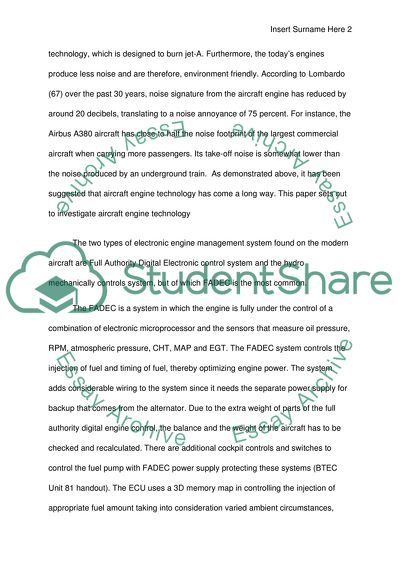Cite this document
(Aircraft Engine Technology - FADEC Case Study Example | Topics and Well Written Essays - 3250 words, n.d.)
Aircraft Engine Technology - FADEC Case Study Example | Topics and Well Written Essays - 3250 words. https://studentshare.org/design-technology/1816056-engine-technology-automobile-or-aircraft
Aircraft Engine Technology - FADEC Case Study Example | Topics and Well Written Essays - 3250 words. https://studentshare.org/design-technology/1816056-engine-technology-automobile-or-aircraft
(Aircraft Engine Technology - FADEC Case Study Example | Topics and Well Written Essays - 3250 Words)
Aircraft Engine Technology - FADEC Case Study Example | Topics and Well Written Essays - 3250 Words. https://studentshare.org/design-technology/1816056-engine-technology-automobile-or-aircraft.
Aircraft Engine Technology - FADEC Case Study Example | Topics and Well Written Essays - 3250 Words. https://studentshare.org/design-technology/1816056-engine-technology-automobile-or-aircraft.
“Aircraft Engine Technology - FADEC Case Study Example | Topics and Well Written Essays - 3250 Words”. https://studentshare.org/design-technology/1816056-engine-technology-automobile-or-aircraft.


